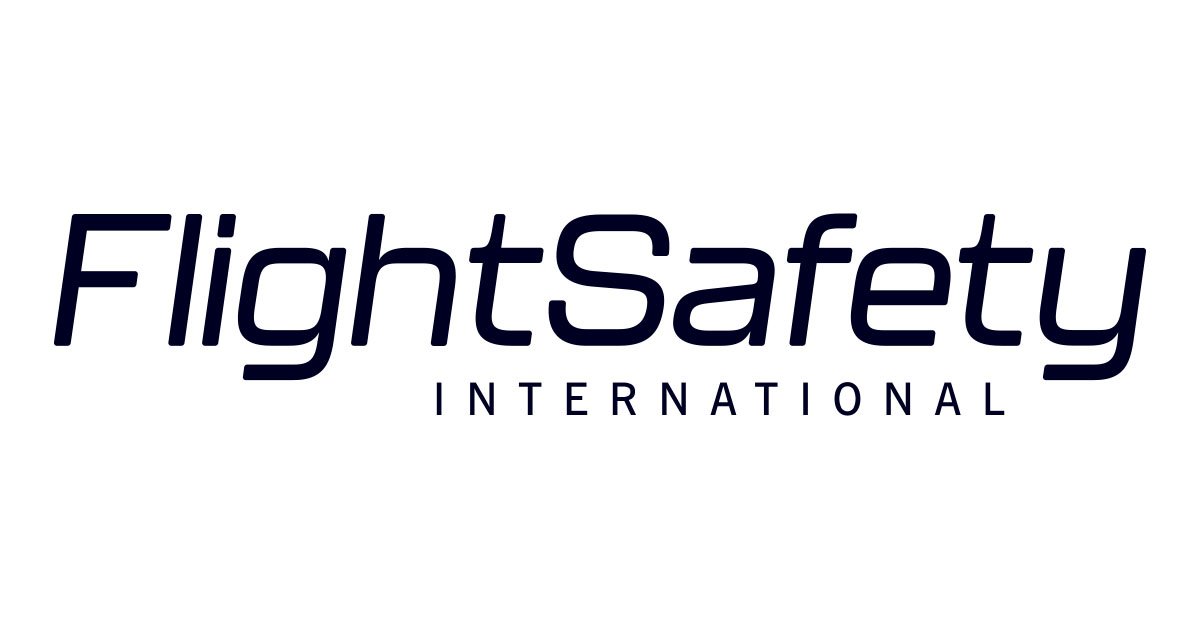Imagine a world where every flight is not only faster but also safer, smarter, and more efficient. In the aviation industry, technology is the cornerstone of progress. At the heart of this transformation is the Flight Safety International Vice President Technology, a pivotal role shaping the future of aviation safety and innovation. What makes this position so critical? How does it impact the industry and, more importantly, the passengers and crew who rely on these advancements daily?
In this article, we delve into the dynamic responsibilities of the Vice President of Technology at Flight Safety International, exploring their strategies, challenges, and accomplishments. By the end, you’ll uncover actionable insights into how this role is redefining aviation standards. Let’s embark on this journey together!
What is Flight Safety International?
Flight Safety International is a global leader in aviation training and simulation. Founded in 1951, it has set the gold standard in flight training for pilots, maintenance professionals, and aviation personnel. With an unwavering commitment to safety, the organization leverages cutting-edge technology to deliver immersive training experiences, ensuring pilots are well-prepared for real-world scenarios.
Role and Responsibilities of the Vice President Technology
The Flight Safety International Vice President Technology is a visionary leader, responsible for integrating innovative technologies to enhance flight training and operational efficiency. Below are the key responsibilities:
- Technology Strategy Development:
- Designing and implementing long-term technology strategies aligned with organizational goals.
- Monitoring industry trends to identify disruptive technologies.
- Innovation Leadership:
- Spearheading R&D projects to create advanced flight simulators and training tools.
- Collaborating with engineers and data scientists to enhance simulator realism.
- Operational Excellence:
- Streamlining technological processes to improve training outcomes.
- Ensuring compliance with aviation regulatory standards.
- Stakeholder Collaboration:
- Partnering with aviation organizations, manufacturers, and government agencies.
- Facilitating knowledge sharing across departments to foster innovation.
- Sustainability Focus:
- Implementing eco-friendly technologies to reduce the carbon footprint of training facilities.
Key Takeaways from the Role
- Enhancing Safety: The Vice President Technology ensures the highest safety standards by integrating AI and machine learning into simulators, offering realistic and predictive training scenarios.
- Driving Innovation: Through continuous R&D, they introduce groundbreaking solutions such as virtual reality (VR) and augmented reality (AR) to improve learning retention.
- Global Impact: Their initiatives influence aviation safety standards worldwide, setting benchmarks for excellence.
The Impact of Technology in Aviation Training
Advantages of Cutting Edge Flight Simulators:
| Feature | Traditional Training | Modern Simulators |
|---|---|---|
| Realism | Limited by physical constraints | High realism with 360° visuals |
| Cost | High operational costs | Reduced through digital solutions |
| Safety | Risk of human error in real flights | Risk-free environment |
| Accessibility | Geographically restricted | Accessible remotely |
Noteworthy Innovations:
- AI-Powered Analytics:
- Provides real-time feedback to trainees, highlighting strengths and areas for improvement.
- AR Training Modules:
- Enables interactive cockpit training without physical aircraft.
- Cloud-Based Platforms:
- Offers scalable and remote training solutions, reducing logistical challenges.
Challenges in Leading Aviation Technology
- Rapid technological evolution: staying ahead of emerging technologies requires constant learning and adaptability.
- Regulatory Compliance: Ensuring all innovations meet global aviation standards is a complex task.
- Budget Constraints: Balancing innovation with cost effectiveness often poses significant challenges.
- Workforce Training: Equipping staff with the skills to operate new technologies demands ongoing education initiatives.
Success Stories: Case Studies from Flight Safety International
Case Study 1: AI-Driven Flight Simulators
By integrating AI algorithms, Flight Safety International developed simulators capable of predicting weather patterns and engine failures. This innovation reduced pilot training time by 25% while improving accuracy.
Case Study 2: VR-Based Emergency Training
Using VR, the organization created immersive emergency scenarios, such as fire onboard or system failures. This approach increased trainees’ confidence and preparedness by 40%, as shown in post-training assessments.
Case Study 3: Sustainability Initiatives
The Vice President of Technology introduced energy-efficient simulators that consumed 30% less power, aligning with global sustainability goals and reducing operational costs.
Actionable Tips for Aspiring Aviation Technologists
- Stay updated: Regularly follow aviation technology trends and attend industry conferences.
- Embrace Lifelong Learning: Acquire certifications in AI, machine learning, and cybersecurity.
- Build cross-functional expertise: understand the interplay between engineering, technology, and aviation regulations.
- Foster Innovation: Encourage creative thinking and problem-solving within your teams.
FAQs
1. What is the primary focus of the Flight Safety International Vice President Technology?
- The focus is on leveraging technology to enhance aviation training, safety, and operational efficiency.
2. How does technology improve pilot training?
- It provides realistic simulations, risk-free environments, and personalized feedback to trainees.
3. What challenges do aviation technologists face?
- Rapid tech evolution, regulatory compliance, budget constraints, and workforce training are major challenges.
4. What technologies are shaping the future of flight safety?
- AI, VR, AR, and cloud computing are key drivers of innovation in this field.
5. How can aspiring professionals enter this field?
- Pursue degrees in aviation, engineering, or technology and gain experience in aviation-related projects.
Conclusion
The role of the Flight Safety International Vice President Technology is nothing short of transformative. From pioneering innovative simulators to setting global safety standards, their contributions redefine the aviation industry. As technology continues to evolve, so does the responsibility of this role in ensuring safer skies for everyone.
Do you feel inspired to explore the world of aviation technology? Share your thoughts in the comments below, and don’t forget to share this article with fellow enthusiasts. Together, we can appreciate the brilliance behind the innovations that keep our skies safe and our journeys memorable.
